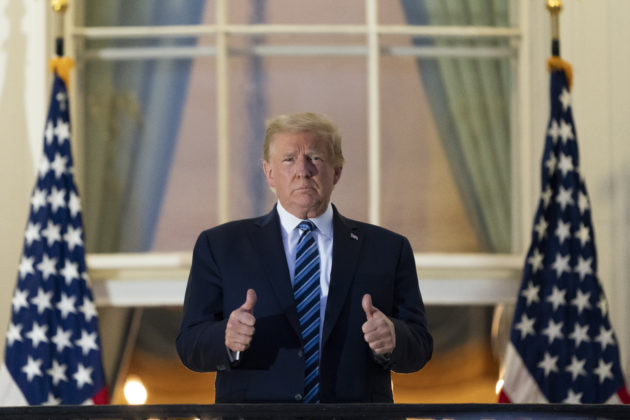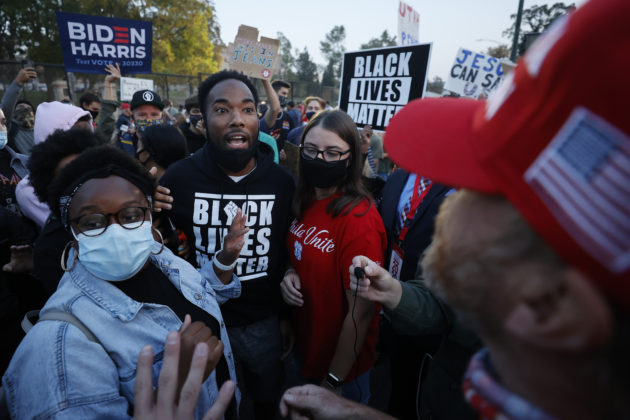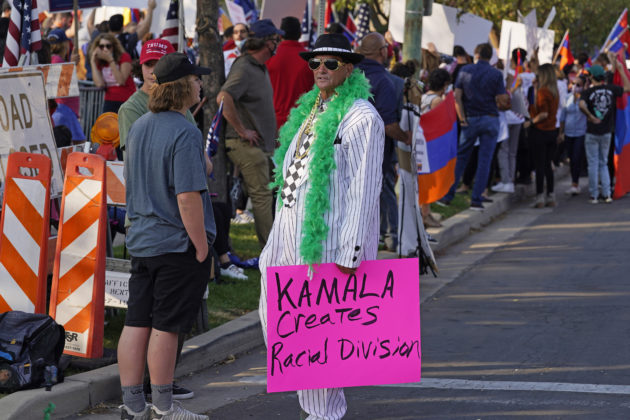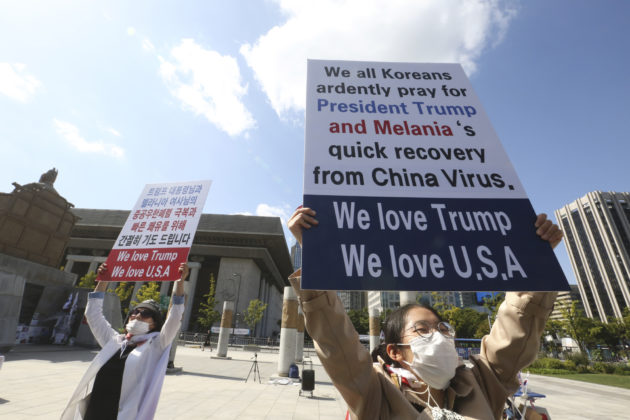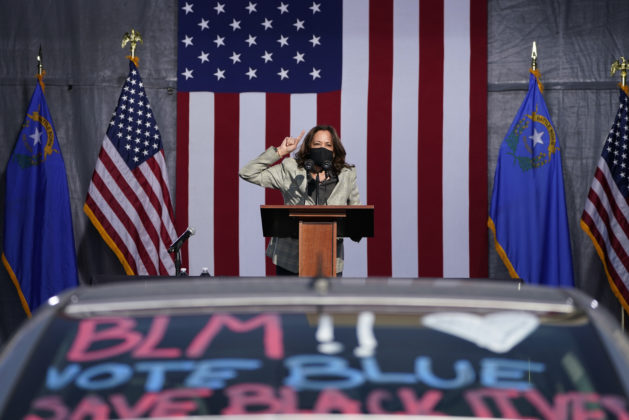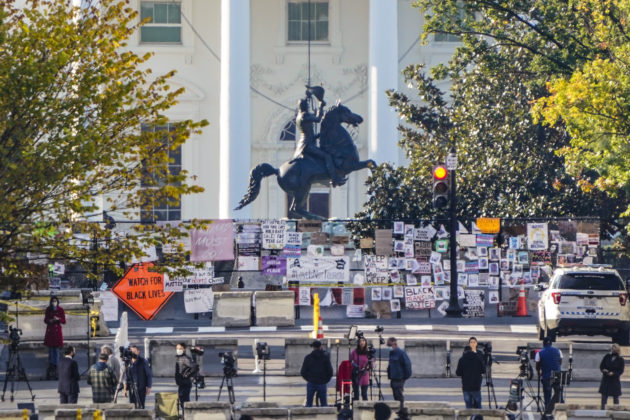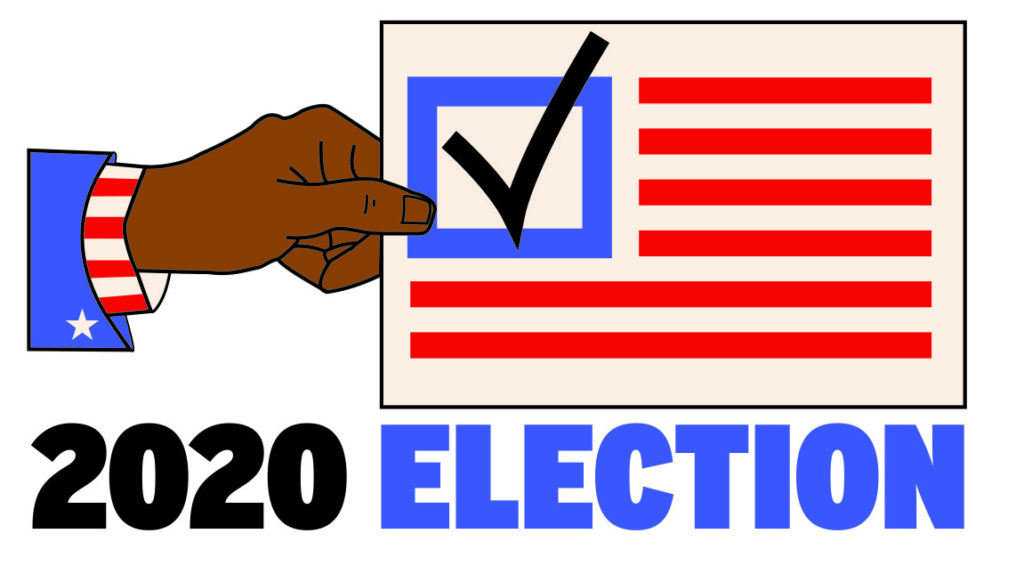
Editor’s note: As the Nov. 3 election draws near, the Daily Universe is exploring different national and local issues impacting voters in a series of stories.
Larger issues like the economy and immigration have frequently had racial sub-issues in past presidential elections. This year’s election, however, features race as one of the main issues as President Donald Trump and former Vice President Joe Biden face off in a heated election.
The deaths of George Floyd, Breonna Taylor and Ahmaud Arbery led to protests across the U.S. in a presidential election year also plagued by a pandemic that has been traced to China. The responses and rhetoric of both presidential candidates around these issues will likely play a role in how voters view them, and maybe how they vote.
Black Americans and the presidency
Both candidates have adapted their campaign strategies to encompass the recent uptick in protests surrounding racism and police brutality, but their rhetoric shows different purposes in addressing these issues, according to BYU political science professor Ethan Busby.
For the Trump campaign, addressing racism might be aimed more at “reassuring white Republicans that he’s not racist” because Republican candidates are typically unlikely to receive a large portion of the minority vote, Busby said.
According to a Pew Research Center report from June, more people of color are registering to vote. In 1996, white voters made up 85% of registered voters, while today they make up 69%. However, this increase in registered voters among non-white groups is not evenly represented among the parties. More than 40% of Democratic voters are not white, compared to just under 20% of Republicans.

The Trump campaign’s website lists multiple ethnic coalitions formed under the campaign, including Black Voices for Trump, Latinos for Trump and more. These coalitions host events and speak more specifically about how they believe Trump’s policies will benefit their respective racial groups.
Trump’s “Platinum Plan” promises to give Black Americans more jobs, increased higher education opportunities and “safe urban neighborhoods with highest policing standards.”
This plan is not the only time Trump has mentioned policing and law enforcement. He has taken on the phrase “law and order” first used by Richard Nixon in 1968. Nixon used this phrase to garner the support of white southern Republicans and show he was on their side when it came to racial concerns. Busby said regardless of Trump’s intentions, this phrase still carries many racial connotations and sends similar signals to white Republicans today.
“On the other side of that coin, I think it also sends signals to communities of color. It sort of brings up memories of, you know, brutal police crackdowns during race riots and it brings up sort of concerns about policing and equity in the justice system,” Busby said.
More publicly, the Trump campaign chose to feature several Black supporters during the Republican National Convention, held Aug. 24-17. According to The New York Times, the convention had 19 people of color speak.
On March 15, Biden committed to choose a female vice president if he were to become the Democratic party’s nominee. Over the course of the summer as protests around police brutality and racism grew, he narrowed the list down to four Black women and eventually choose Kamala Harris, whose immigrant parents are from India and Jamaica.
But Biden’s VP choice doesn’t make him immune from slip-ups when it comes to how he addresses race and racism in the U.S., and some have concerns with his past politics, like his opposition to school busing and his support of a 1994 crime bill.
In a May interview on the “Breakfast Club,” Biden implied Black voters shouldn’t be voting for Trump at all. “If you have a problem figuring out whether you’re for me or Trump then you ain’t Black,” he said.
Biden later apologized for that comment.
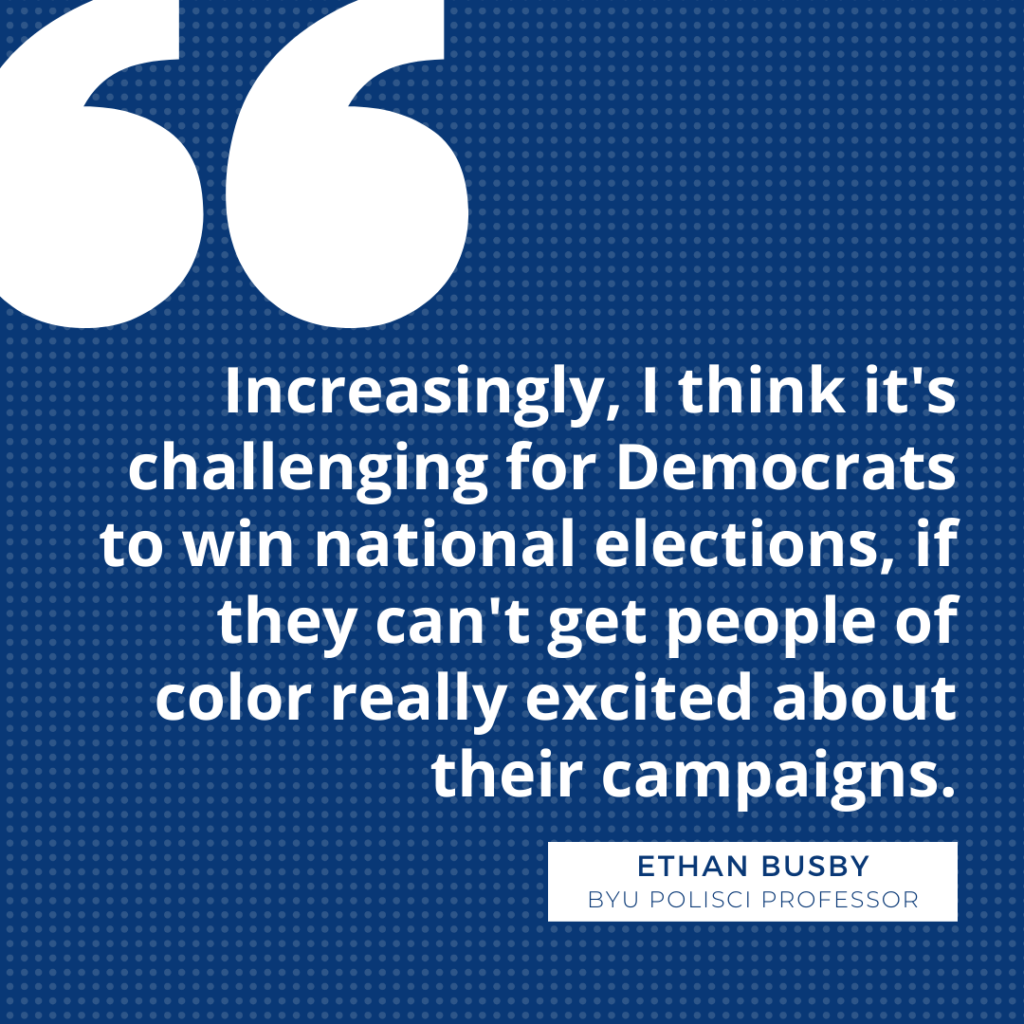
According to Busby, the difference between Biden’s and Trump’s rhetorical missteps when it comes to race lies in Biden’s history of building relationships with the Black community. “He can make a gaffe like that and still maintain the support of African Americans, for example, because he has a long history of reaching out to African American communities and a connection to prominent African American leaders like Barack Obama and others,” Busby said.
Busby also said that while Trump’s campaign might address race to reassure white Republicans the president isn’t racist, Biden’s comments are aimed at encouraging non-white Americans to engage in his campaign and eventually vote for him. “Increasingly, I think it’s challenging for Democrats to win national elections if they can’t get people of color really excited about their campaigns.”
Interestingly, Biden’s plans for Black Americans also address small business ownership for minorities and expanding access to higher education. However, his plan addresses racial inequalities in ways the Trump plan does not and points to fixing racial discrimination in housing, education, banking and health care.
Contrary to Trump’s message of “law and order,” Biden’s plan for Black America seeks to “strengthen America’s commitment to justice.”
A rhetorical perspective on the ‘China Virus‘
The current coronavirus pandemic was first identified in Wuhan, China, and since then governments across the globe have been working to end the pandemic. While both candidates have differing plans on how to handle the pandemic, the way they refer to the virus is different.
Trump has frequently bypassed using the term “coronavirus” and referred to the virus as the “China virus,” “Chinese virus” or the “Kung flu.” Most recently on Oct. 7, the president tweeted using the phrase “Chinese plague” and blamed the pandemic on China in a video posted from his Twitter account. BYU English professor Brian Jackson said there are multiple reasons for this.
First, Trump turns the common noun, coronavirus, into a proper noun, “which reassigns its value from impersonal nature to a specific national and cultural context.” This calls back to COVID-19’s assumed origins in China.
Second, this renaming plays into one of Trump’s common strategies of the “epitheton,” which refers to adding adjectives or phrases to further characterize something. In Trump’s case, Jackson said it is used to convey blame or contempt. Trump has referred to his political rivals using this same strategy: “Sleepy Joe,” “Crooked Hillary” or “Little Marco.”
Third, this strategy deflects the blame from the U.S. and any potential mishandling of the virus away from Trump’s administration.
However, Jackson said the use of the term “Kung flu” is worse than the other terms. “It continues an unfortunate legacy of anti-Chinese sentiment in the United States that has rolled on since the mid-nineteenth century. It’s quite a feat to create a neologism that is both racist and scientifically misleading at the same time.”

But will these terms affect voters and public opinion? “I doubt it,” Jackson said. “It may be a good intellectual exercise for each of us to ask what kind of decorum we’d like to see our chief executive diplomat use on the world stage.”
During the pandemic, Asian American communities have faced increased levels of harassment and racial profiling. The Asian Pacific Planning and Policy Council, Chinese for Affirmative Action, and the San Francisco Asian American Studies Department have been tracking some of these incidents. Just one week after launching their self-report form, they received 673 reports of coronavirus discrimination.
“A passenger on the subway platform was yelling about wanting to ‘kill Chinese’ for ‘creating coronavirus.’ I was with my 10-year old biracial child; there were three or four other Asian women on the platform, at least one was wearing a face mask. I caught his eye, and then he said he should push us onto the train tracks,” one report read.
While there is no evidence that Trump’s rhetoric directly impacted the rise in such cases, the group saw more reports after Trump began publicly using these terms and believed these terms and the president’s “anti-Chinese rhetoric have entrenched racism and xenophobia in the public’s perception of the coronavirus pandemic.“
In comparison, Biden generally refers to the virus in scientific terms like “coronavirus” or “COVID-19.”
White supremacy
Trump and Biden met for the first debate of the presidential election season on Sept. 29. During the debate, Biden said Trump never condemned white supremacy or neo-Nazis. When debate moderator Chis Wallace directly asked Trump to condemn white supremacists and right-wing militia groups, the president refused to directly condemn the groups.
While Trump has in fact made statements condemning white supremacy (and later condemned white supremacist groups in a Fox News interview two days after the debate), his hesitancy to do so in the first public debate left some questioning his motives.
According to Busby and BYU political science professor Adam Dynes, this is a pattern for Trump. Dynes gave the example of the president’s comments after the 2017 “Unite the Right” rally in Charlottesville where white supremacists and anti-racism protestors clashed, leaving one dead and many injured.
On Aug. 14, 2017, the president delivered a statement condemning the violence and hatred at the rally. “Racism is evil. And those who cause violence in its name are criminals and thugs, including the KKK, neo-Nazis, white supremacists, and other hate groups that are repugnant to everything we hold dear as Americans.”
However, the next day at a news conference, Trump said there “were very fine people on both sides” and blamed both sides for the violence. This comment received traction and criticism both in the news media and social media.
According to Dynes, this tactic is commonly used by Trump to support those who support him and oppose those who oppose him, and these incidents are in line with his campaign’s strategy to get his supporters out to vote.
Busby added that Trump usually makes these statements after receiving criticism and facing pressure for things that he said. It is Trump’s pattern to sometimes take “maybe a more muddled, unclear position and then afterward really kind of fix it.” One of the political reasons for this pattern could be trying to show Trump doesn’t support white supremacists while not alienating white groups who might have concerns about racial progress.
“I think it is clear that his political coalition includes people who are maybe uneasy or unhappy with their current state of racial affairs in the United States that feel like they’ve been left behind. Whites who feel like they’ve been left behind, (and) whites who feel like racial progress has come at their expense,” Busby said.
How will this affect voters?
While racism has been a larger topic in this year’s presidential election, how the issue will affect voters has yet to be seen.
Dynes said a voter’s party affiliation is still more likely to determine how that person votes than the recent rhetoric around race. “(But) people’s racial considerations can also impact which party they identify with to begin with.”
However, Dynes said Trump’s rhetoric might turn away some voters, specifically moderate Republicans. “At the same time, it might attract some voters, and it seems to speak to (some parts of his base),” he said. “My sense of it overall, it hurts President Trump more than it helps in his reelection efforts.”
On the left side, Busby said Biden’s hesitancy to push Trump harder to condemn white supremacy during the debate, and Biden’s gaffes about race leave some communities of color wanting to see the former vice president be more forceful in his own statements condemning racism.


